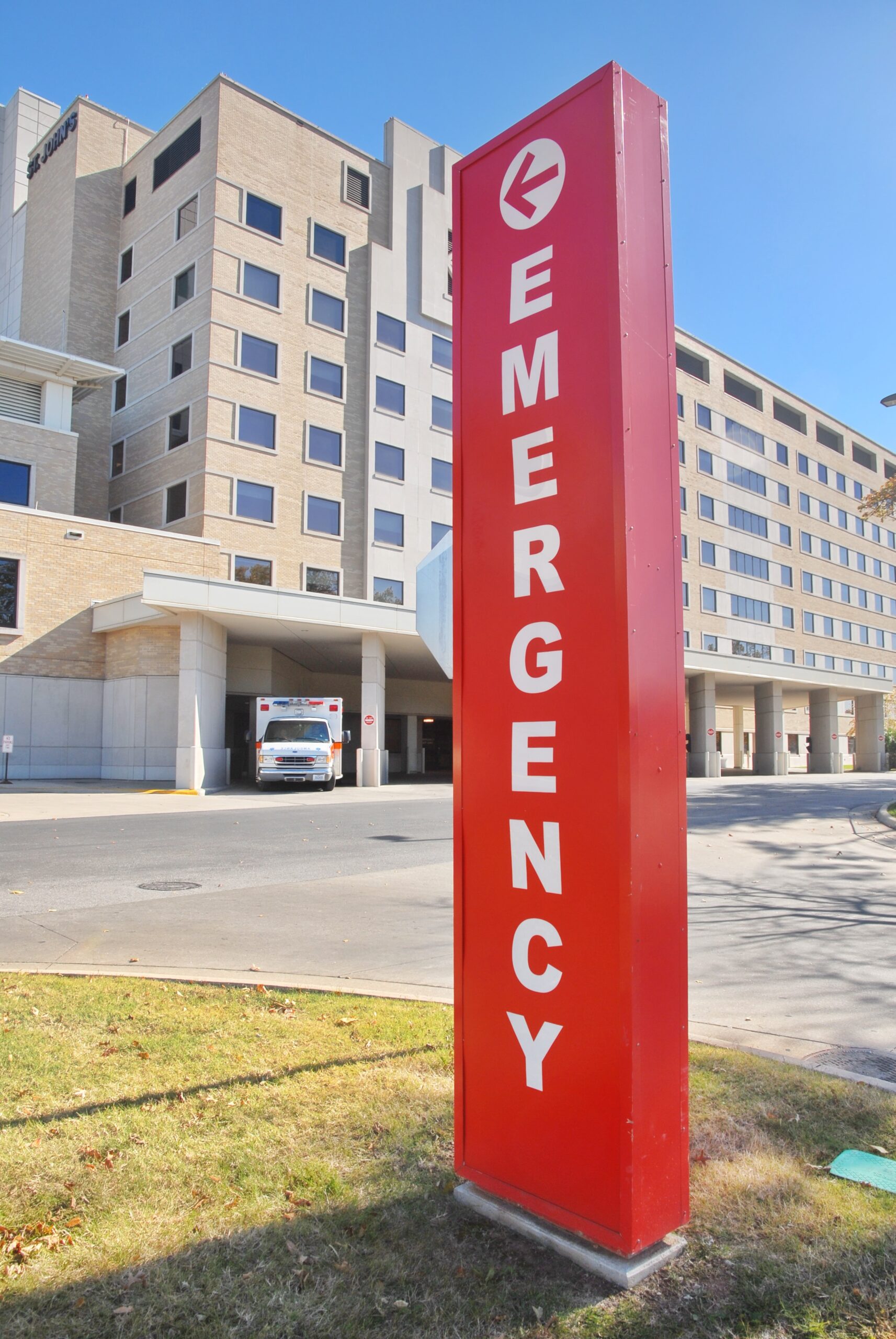
Knowing when to call an ambulance, take someone to their general practitioner (GP) or to the accident and emergency (A&E) department is important, especially when the National Health Service (NHS) is overwhelmed.
Ambulances may struggle to get to you due to the gridlocks in the A&E departments, which means that they are forced to queue for hours to deliver patients. Patients, on the other hand, are spending numerous hours on trolleys in the back of ambulances or in A&E departments, waiting to be attended to.
The information provided here should help you make the extremely difficult yet critical decision of whether it is better to go to your GP, your local hospital’s A&E department, or simply call an ambulance.
If the casualty is a baby, very young child, or an elderly person and you are seriously concerned, you should always call an ambulance. Furthermore, you should always keep in mind that children often mask symptoms and their condition can deteriorate quickly.
The decision that you end up making will vary from one case to the next. Either way, it is highly advisable to immediately administer First Aid and call an ambulance if someone:
- Has a seizure for the first time even if they appear to recover from it later. You need to call an ambulance if a person has a seizure and the fitting lasts longer than 3 minutes.
- Is unaware of what’s going on around them or unconscious or experiencing numbness, weakness, or difficulty speaking.
- Has suffered a serious injury that’s bleeding profusely and you are unable to stop it even after applying direct pressure on the wound.
- Is having chest pain, appears not to be breathing, is struggling to breathe, or breathing in a strange way – appearing to ‘suck in’ below the rib cage and using other muscles to breathe.
- Has a severe allergic reaction. You need to administer their adrenaline auto-injector if they have one and then call an ambulance immediately.
For an elderly person or child: If they have suffered a burn injury and it is severe enough that you think dressing will be required, treat the burn under cool running water for at least 20 minutes before calling an ambulance.
Keep cooling the burn until the paramedics arrive, but lookout for any signs of shock. If it’s a fit adult, the burn should be cooled for a full 20 minutes and perhaps even longer if it’s still painful and then apply a burns to dress or cover loosely with cling film and take them to A & E for medical attention. If you feel, you need some medical services for events you have coming up, I would recommend taking a look at Events Medical Team.
What Should I Do If Someone Falls?
- Call an ambulance if someone has been undertaking some form of spinal manipulation, been struck by something travelling at speed (like a vehicle), fallen from a height, been struck with force whilst doing contact sport or combat and there’s a possibility of a spinal injury.
- Keep them completely still and call an ambulance.
- If the person is on their back, unconscious and breathing, but you are concerned about their airway, roll them into the recovery position very carefully and phone an ambulance. Do this by log rolling them into the recovery position very carefully, without twisting their spine if at all possible. You should have robust contingency plans in place to make sure that you can get extra help to your treatment room in an emergency.
- If the person is unconscious and not breathing, start CPR. For a baby or child, do 1 minute of CPR before you call an ambulance. Phone an ambulance immediately and get an AED if there’s one available if it’s an adult.